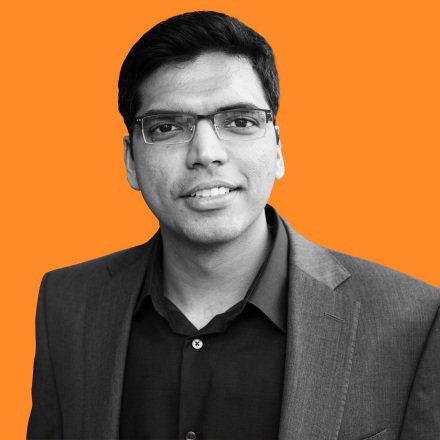Artificial intelligence & robotics
Sriram Chandrasekaran
His AI systems identify better treatments for tuberculosis.
AKHIL KANTIPULY MICHIGAN ENGINEERING COMMUNICATIONS & MARKETING

Global
Anna Goldie
She uses AI to design microchips much more quickly than humans can.

Asia Pacific
Jonathan Scarlett
A better understanding of the mathematical algorithms and theory behind group testing.

Asia Pacific
Guyue Zhou
Consumer drones that make significant technical contributions to onboard intelligent systems.

China
Yunchao Wei
Significantly advancing the development of visual understanding under imperfect data.
